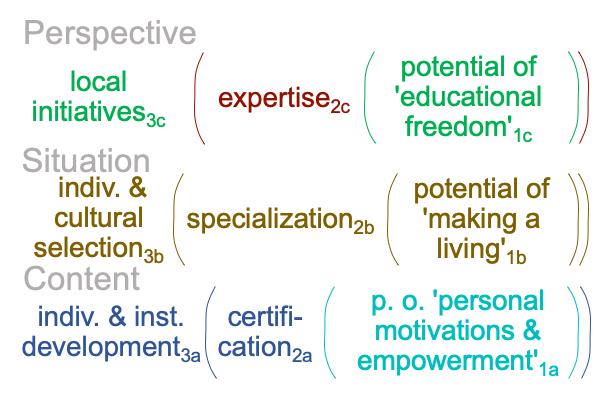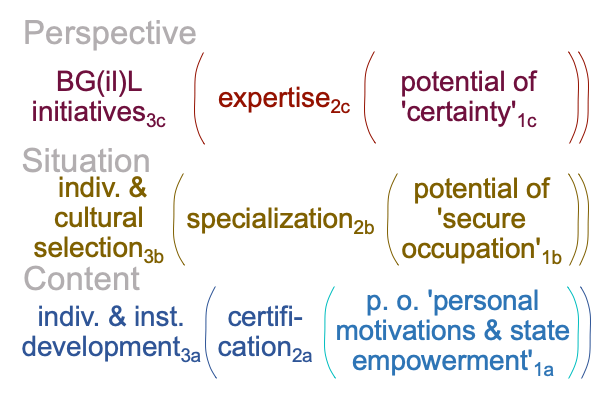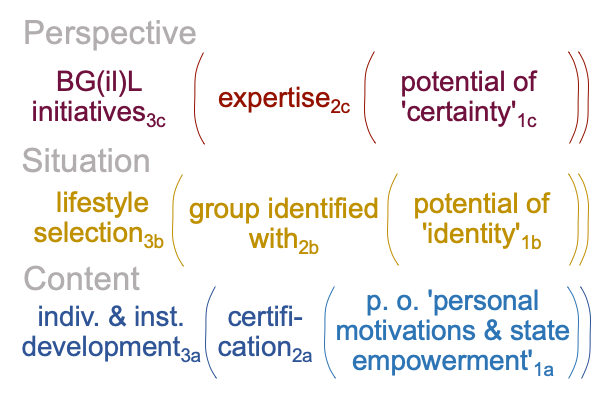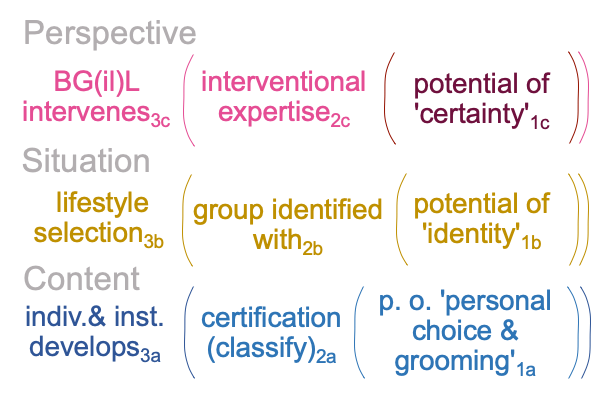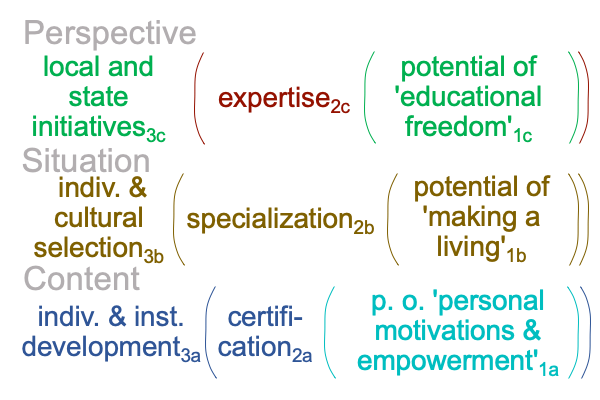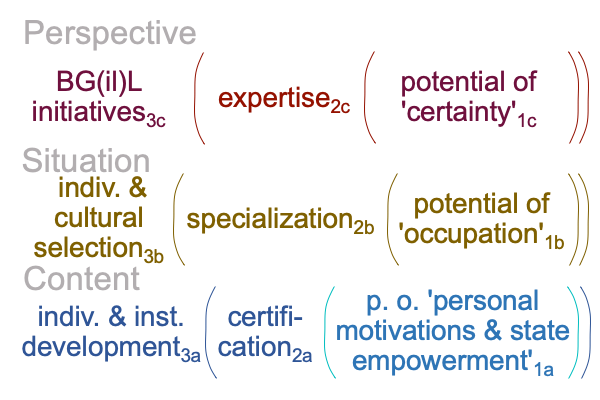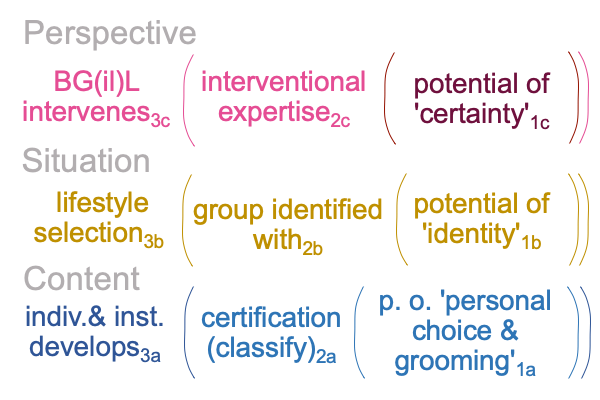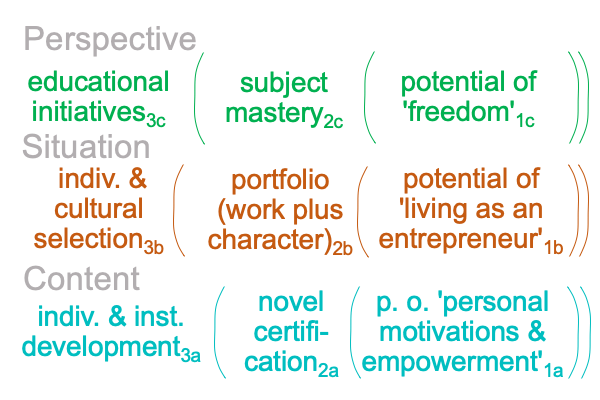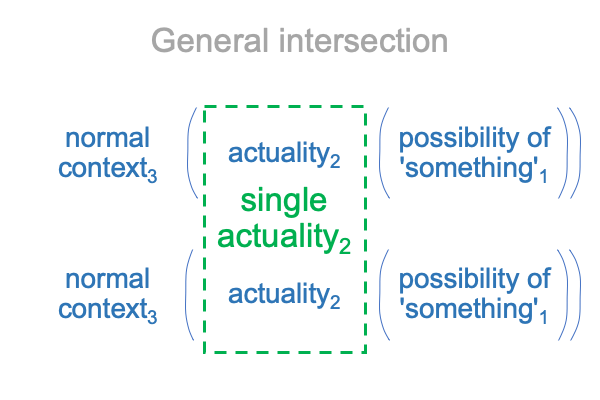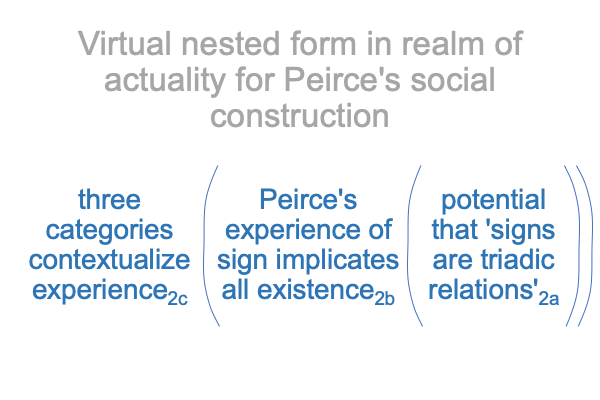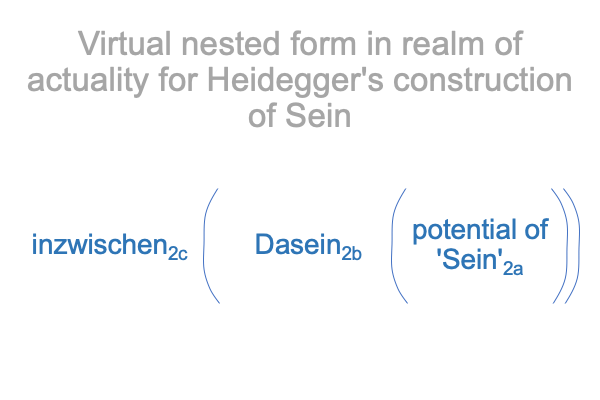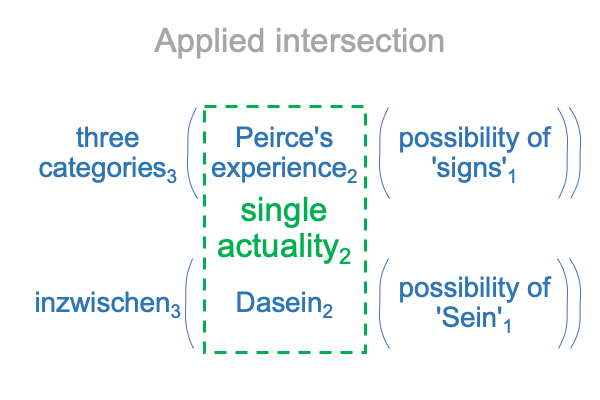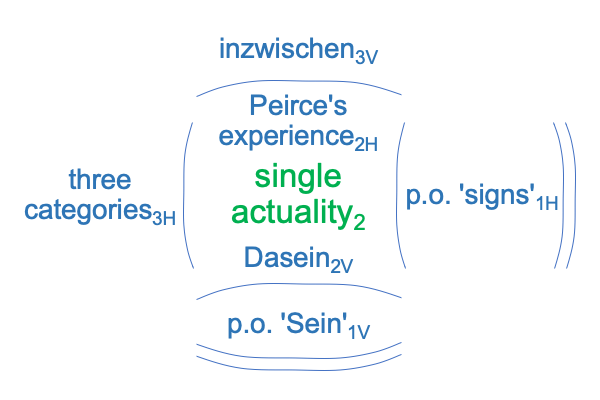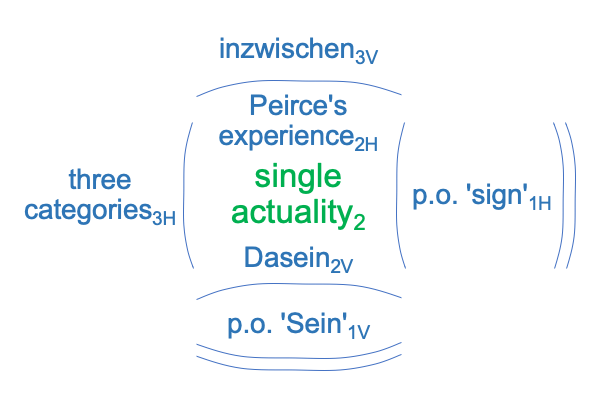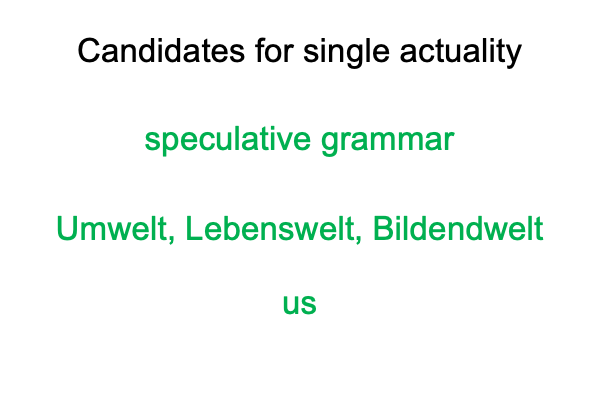Looking at Betsy DeVos’s Book (2022) “Hostages No More” (Part 4 of 8)
0020 Here is a picture of what Betsy Devos faces when she is appointed the head of the federal Department of Education.
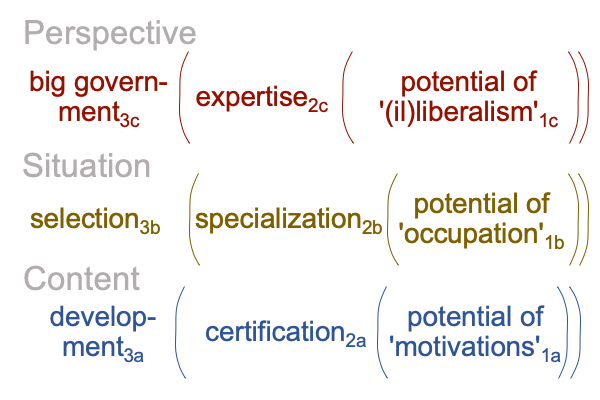
0021 Once again, (il)liberalism provides the feeling of individual autonomy (where the individual is sovereign) while simultaneously creating the conditions (because the state is sovereign) that big-government directed processes (such as, certification) are mandated.
0022 This produces an awkward realization.
If students are hostages to BG(il)L education systems, then they are because their captors3a are themselves hostages3b to the normal context of big government3c.
As such, the captors3b, who are also hostages to big government3c, want institutional development3a to be the key aspect of the content-level normal context, rather than individual development3a. They must project the illusion that institutional development3a translates into individual development3a. In other words, individual development3a is held hostage to institutional development3a.
0023 Will this change with the political implementation of education freedom?
Well, allow me to replace two elements in the previous interscope.
Educational initiatives3c becomes the perspective-level normal context.
Freedom1c becomes the perspective-level potential.
0024 Here is a diagram with the substitution.
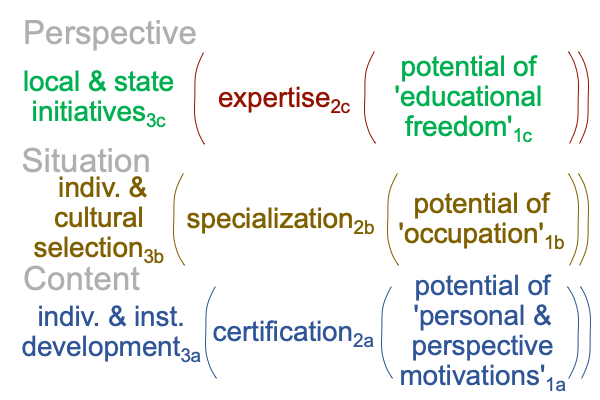
0025 Is this the vision of Betsy DeVos?
No wonder the knives are out at the Department of Education, the school unions, and the corporate media.
0026 BG3c(il)L1c must not be replaced by state intiatives3c and educational freedom1c.
On one hand, to certain stakeholders, big government3c is supposed to take the initiative1c in actualizing the importance of expertise2c.
On the other hand, Betsy DeVos sees states and localities as the ones determining the perspective-level normal context. Throughout the book, she cites example after example of states and localities creating and maintaining educational initiatives3c. Plus, there is no mandate for education listed in the American Constitution and Bill of Rights. So, the federal government has no warrant for intervention in the field of education. Except, of course, as a ploy to get President Jimmy Carter re-elected.
0027 So, I know where the Department of Education stands in regards to where BG3c(il)L1c ought to be.

